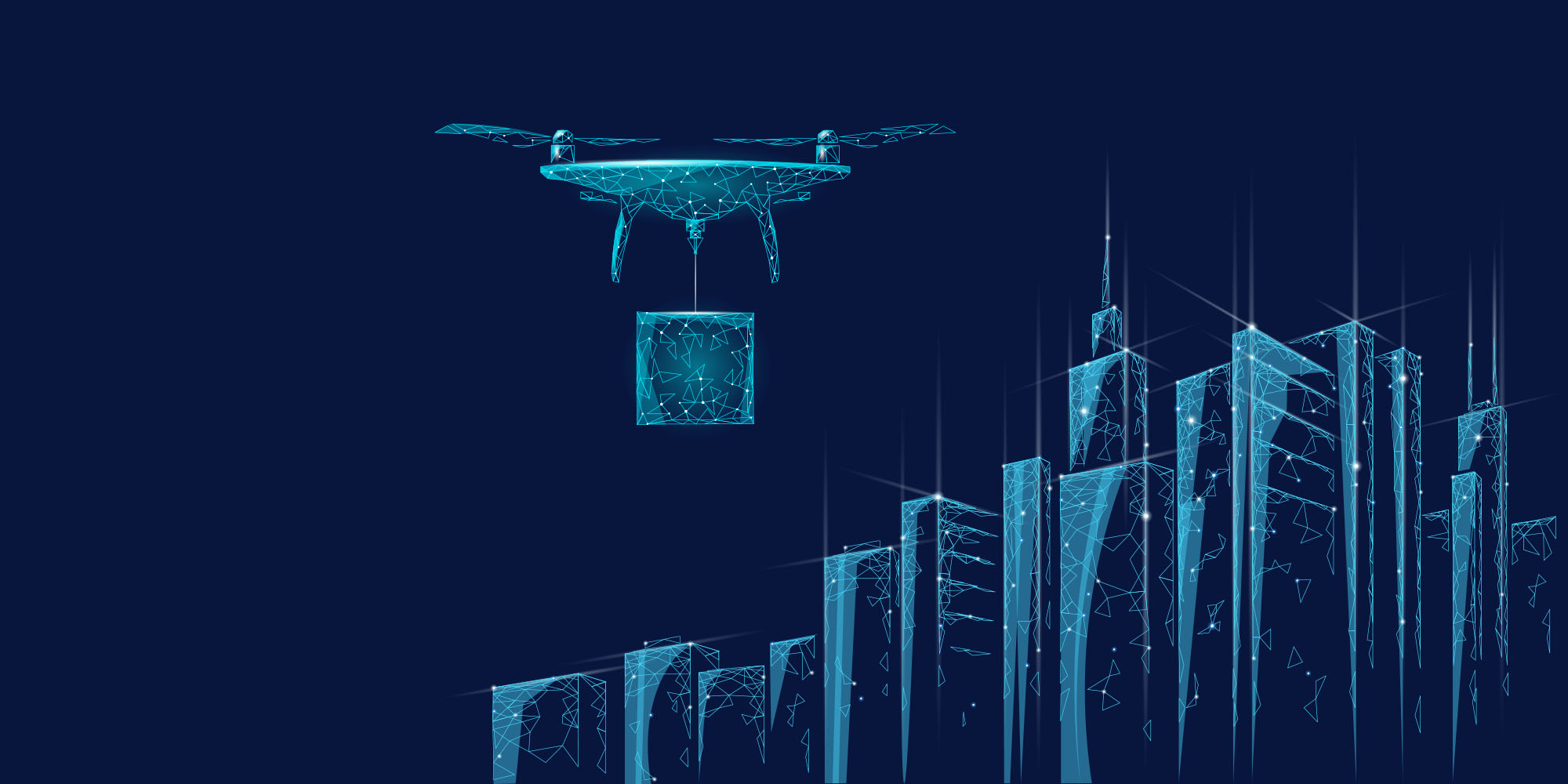

SOLUTIONS
Drone Interception & Protection
Security of these sites must be effective but proportionate to the risk- the customer can spend a significant amount of money on equipment and capability that cannot be used as AOIs (Actionable Operational Interventions).
Protecting the existing environment.
Countries around the world have an extensive and sprawling Petro-chemical and gas storage and production refinement infrastructure both on and off-shore, critical national infrastructure, sporting and event stadiums, and buildings of either National or Heritage importance. These are almost impossible to relocate, especially to move underground and fencing is a poor deterrent for airborne attacks or threats.
To effectively protect your existing facilities, you must protect against all threat profiles.
Risk
Yemen’s Ansarullah – often referred to as the Houthis launched ballistic and cruise missiles along with direct-attack uninhabited aerial vehicles (UAVs) at targets in the United Arab Emirates (UAE) on 17 and 24 January 2022. This threat from different players remains real and current.
1. Missile
Ballistic and cruise missile attacks are dealt with by the region’s anti-missile system. Patriot is an effective missile interception solution but is both expensive and unreliable in detecting drone-style attacks. Patriot missile systems cannot deal with low-level or swarm drone attacks.
2. UAV (drone) both dark and commercial.
Dark drones are large simple drones with an extensive payloads. They are Sat comms driven without any controller – a plentiful supply of sat com technology using Thuraya NOT GPS systems. Cheap and highly destructive.
Commercial drones are either made from commercial parts or bought from the commercial market – they rely on traditional controller signals and often have a lighter payload. Have a low-level flight pattern often under the traditional radar.
In recent years attacks on critical infrastructure installations have been carried out by unmanned drone attacks. As such ARGon has taken independent research and development of UAV jammers to the next level with equipment that can interfere with all frequencies and GNSS satellite positioning signals, including GPS/Beidou/Glonass/ Galileo/1.5G and Thuraya.
In order to effectively address the threat ARGon drone interception and management (C-UAS) has 3 operational areas.
- Fully Automated state-of-the-art control room with real-time tracking with automated operational actions – no requirement for operator availability or intervention
- Fixed facility protection can protect an individual establishment or create a mesh that covers an entire city or campus.
- Mobile protection for immediate deployment and convoy protection
- Handheld interceptors for foot patrols and security staff

Risk Profile and proportional response
The risk from both commercially available and dark drones is High. The ability to deal with both types of drones at once is absolutely vital, along with swarm attacks of the same.
Proportional response
Whilst long-range detection using HR optics and laser technology is commercially available the question remains what your operational response to a 50KM notification is and does it create more false positives than positives.
Long-range detection requires long-range interception to be effective. Unless you are going to intercept at the point of long-range detection there is no operational benefit over near to mid-range detection as long as you are relying on the same interception or management process and technology.
For example – long-range detection should be linked with a long-range interception – these are usually missile based. This is both expensive and the majority of military missile systems will not allow for 3rd party commercial detection systems integration and will solely rely on their own.
Detection of a UAS from 50 km away will not provide any additional operational or security benefit if the interception or security action will take place at a near or mid-range distance.
Long-range detection and missile interception could be seen as an operational want, not an operational need.